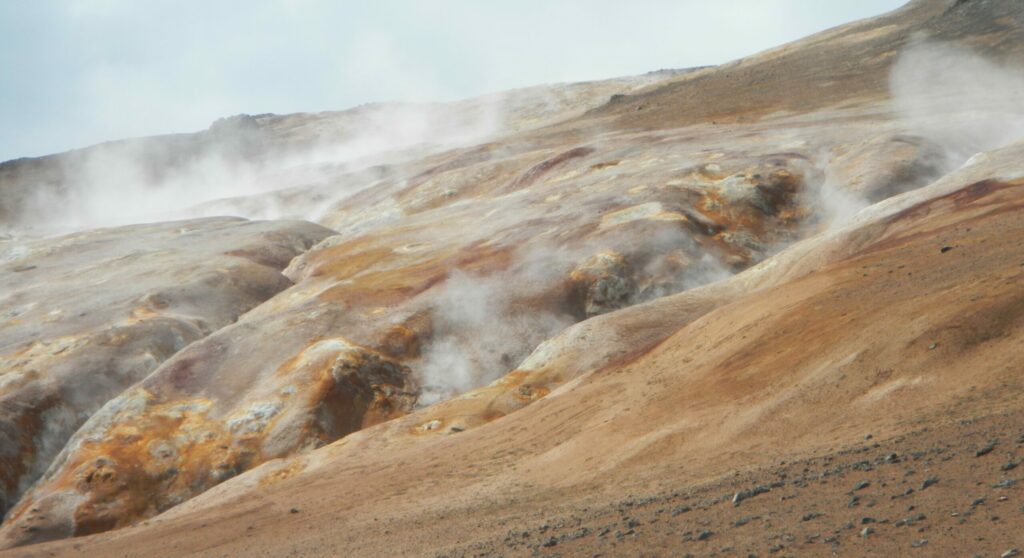5.4 Mass Wasting and Earth Systems
Mass wasting is closely associated with Earth systems, both in the processes that contribute to slope failures, and in the outcomes of slope failures. Earth systems processes contribute to mass wasting in many ways, including the following:
- Formation of mountains due to plate motions, especially continental collisions, but also continental rifting.
- Formation of mountains due to volcanism, such as at subduction boundaries and above mantle plumes.
- Steepening of slopes due to erosion by rivers and glaciers.
- Accumulation of thick deposits of unconsolidated sediments through erosion and transportation by rivers, glaciers and wind.
- Strengthening of geological materials by vegetation, and loss of that strengthening due to wildfires and other events.
- Weakening of geological materials through weathering, especially where there is alteration of existing minerals to weaker minerals, by processes such as oxidation and hydrolysis.
- Weakening of geological materials through circulation of groundwater, especially in situations where that water becomes heated because of volcanism (see Figure 5.4.1).
- Breaking of geological materials and enhanced chemical weathering due to biological processes.

Figure 5.4.1 Hydrothermal (Hot-Water) Alteration of Rock in the Krafla Area, Iceland. The brown colours are a result of oxidation of iron-bearing silicate minerals in the rock to soft iron-oxides. The grey colours are a result of hydrolysis of silicate minerals to weak clay minerals. The area is eroding quickly because the rock is now softer and weaker than it was originally.
On the other hand, mass wasting contributes to Earth systems processes in many ways, including the following:
- Production of new rock surfaces for weathering and new slopes for erosion.
- Release of greenhouse gases stored in surface materials (e.g., soil) because of slope failure.
- Changes to drainage patterns, including the formation of lakes and diversion of streams.
- Changes to sediment loads in streams, lakes and the ocean (see Box 5.1 for an example) that can have implications (both negative and positive) for ecosystems.
- Contribution to the transfer of materials from the continental crust into the oceans.
Media Attribution
- Figure 5.4.1 Photo by Steven Earle, CC BY 4.0
